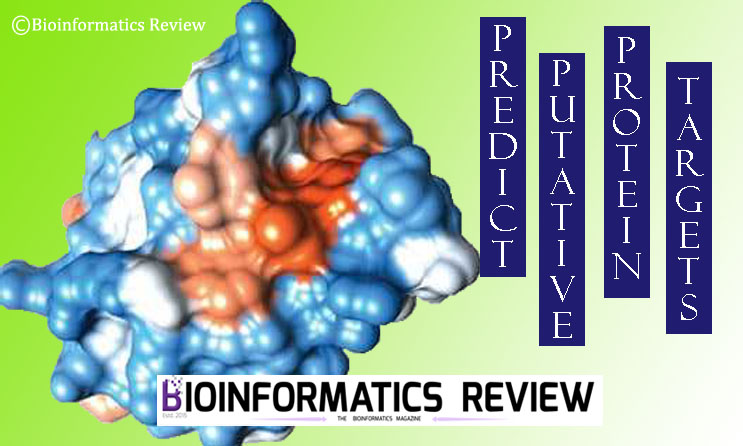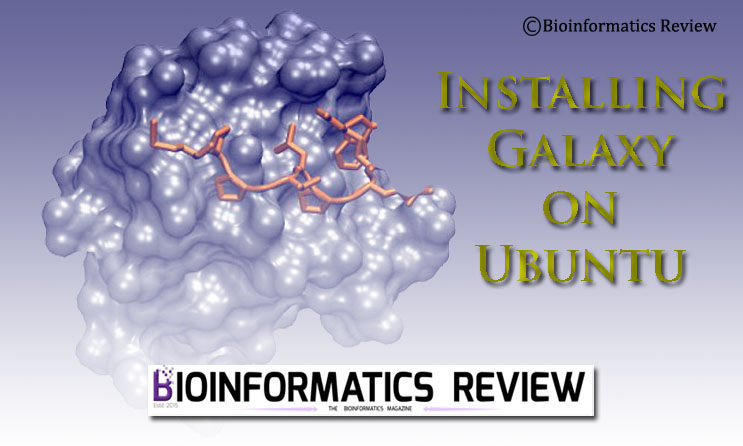AlphaFold is a popular artificial intelligence based protein prediction tool [1]. Though it predicts good protein structures, it lacks the capability to predict the small molecules present in the structure such as ligands. For this purpose, AlphaFill is introduced by Hekkelman et al.,[2].
AlphaFill is an algorithm that uses sequence and structure similarity to fill the ligand gaps and ions from experimentally predicted protein structures [2].
How does AlphaFill work?
- The amino acid sequence of each AlphaFold model is aligned using BLAST [3] against all sequences present in the PDB-REDO databank.
- The high-scoring segment pairs (HSPs) are sorted based on E-value giving a maximum of 250 hits.
- The structure models are retrieved from the PDB-REDO databank based on these hits and searched for the compound of interest.
- The hits showing at least 25% of sequence identity and containing at least 85 residues are filtered to obtain only close homologs.
- The filtered hits are structurally aligned on C-alpha atoms of the residues matching in the BLAST alignment. Their RMSD is stored in AlphaFill metadata,
- The compounds are then transplanted into the AlphaFold model.
- A TCS (r.m.s. van der Waals overlap) score is calculated for each transplant over all atomic distances between the transplant atoms and the protein that is shorter than 4 Å.
- Finally, the AlphaFill model is stored as a mmCIF file.
A web interface of AlphaFill is available at https://alphafill.eu/. The AlphaFill software is available at https://github.com/PDB-REDO/alphafill.
For further reading, click here.
References
- Jumper, J., Evans, R., Pritzel, A., Green, T., Figurnov, M., Ronneberger, O., … & Hassabis, D. (2021). Highly accurate protein structure prediction with AlphaFold. Nature , 596 (7873), 583-589.
- Hekkelman, M. L., de Vries, I., Joosten, R. P., & Perrakis, A. (2022). AlphaFill: enriching AlphaFold models with ligands and cofactors. Nature Methods, 1-9.
- Altschul, S.F., Gish, W., Miller, W., Myers, E.W., & Lipman, DJ (1990). Basic local alignment search tool. Journal of molecular biology , 215 (3), 403-410.





